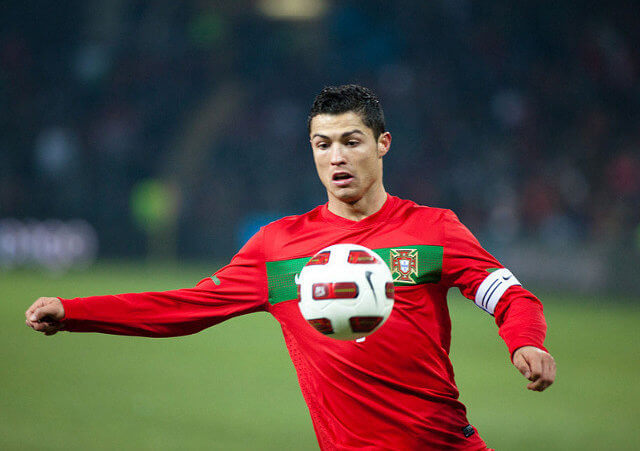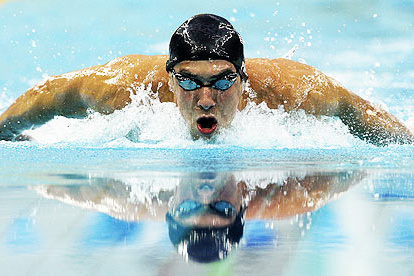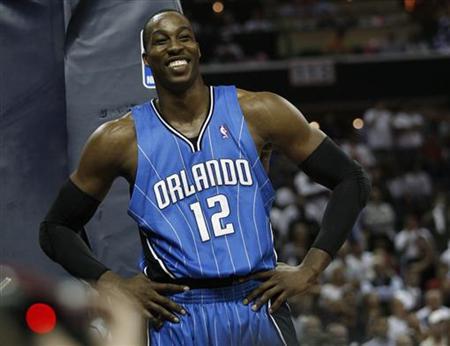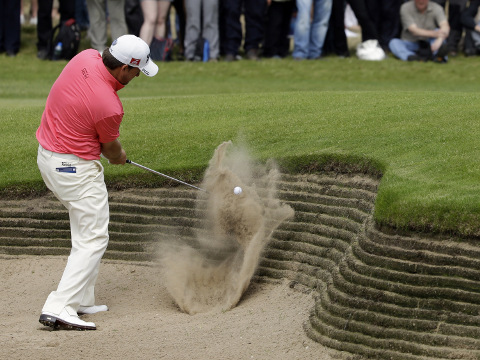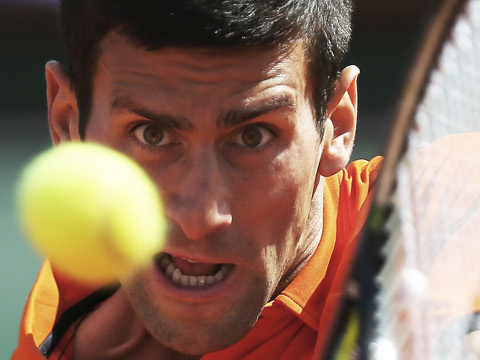
Comedian Mitch Hedberg sums up many of our experiences with tennis: “The depressing thing about tennis is that no matter how good I get, I’ll never be as good as a wall.” While tennis may be difficult for most of us, Novak Djokovic makes it look easy. Competing in the illustrious French Open, Djokovic has marched his way through the bracket in hopes of claiming his first career French Open title. It’s surprising that the world’s number one ranked tennis player hasn’t captured a French Open victory yet, seeing as he’s won all the other Grand Slam tournaments. Of his 8 total Grand Slams, he’s won the Australian Open 5 times, Wimbledon twice, and the U.S. Open once. Only the French has eluded him.
One of the striking features of this year’s tournament has been the gauntlet of premium matchups on the men’s side so far. Djokovic has already faced Rafael Nadal in the quarterfinals, the most prolific champion in the Open’s history. Nadal has captured every French Open title since 2005 save 2009. To get to a Finals showdown against up-and-coming Swiss star Stan Wawrinka, Nadal must defeat Andy Murray, a 2-time Grand Slammer winner himself.
Djokovic has emerged as a superstar on the world tennis stage due to his game’s mixture of grit, athleticism, mental toughness, and creative shot-making. In 2012, shortly after winning his first Wimbledon title, CBS’s Bob Simon did a piece on Djokovic for 60 Minutes. Simon asked him about how he learned to play tennis, and Djokovic told the story of his famous instructor Jelena Genčić’s methods of using classical music, poetry, and visualization to help expand the horizons of the young player. Later, in another interview, Djokovic reflected further upon his early years learning the sport: “I remember as a kid, she made me read poetry and we spent most of our time together listening to classical music from Bach and Mozart to Beethoven…We were listening to this wonderful music and doing visualisation exercises. Her philosophy was that these exercises would open up my creativity and help me believe in my dreams.”
This got me thinking about all the intricate connections between music and sports in general. Basketball has often been compared to jazz, and as I began to think further about tennis and music, I began to think about the commonalities between music theory and tennis. Now, don’t get me wrong: I am no advanced music student. I am simply a “music appreciator”, as my college degree’s one 3-credit course would attest. So let me, as an appreciator both of tennis and of music, try to explore three connections between music theory and Novak Djokovic’s style of tennis.
If you’re not familiar with Djokovic’s game, watch this short clip with highlights from his recent match against Roger Federer.
{source}<iframe style=”display: block; margin-left: auto; margin-right: auto; border: 1px solid #000000; background-color: #C0C0C0; -moz-border-radius: 3px; -khtml-border-radius: 3px; -webkit-border-radius: 3px; border-radius: 3px;” width=”560″ height=”315″ src=”https://www.youtube.com/embed/foe0aWZMOKo?rel=0″ frameborder=”0″ allowfullscreen></iframe>{/source}
Counterpoint: First, let’s start with the theory of counterpoint, which refers to the interaction between musical notes. In its simplest form, counterpoint simply means “point against point”, or in the musical sense, note against note. The best way to visualize this is to think of a piano player playing with both the right and left hand. As the right hand begins to play a melody, the left hand replays that melody a few seconds later. The video below illustrates the beauty of counterpoint in Bach’s compositions. In terms of Djokovic’s game, counterpoint is similar to the way that he responds to the movements and shots of his opponent. He deftly adjusts his game to the style of his opponent. If his competitor likes to play on the back line, Djokovic will mix in more drop shots. If the other player likes to come up close to the net, though, Djokovic will lengthen the court and seek power shots to the open areas of the court. It’s all very similar to counterpoint.
{source}<iframe style=”display: block; margin-left: auto; margin-right: auto; border: 1px solid #000000; background-color: #C0C0C0; -moz-border-radius: 3px; -khtml-border-radius: 3px; -webkit-border-radius: 3px; border-radius: 3px;” width=”560″ height=”315″ src=”https://www.youtube.com/embed/BixPLIWcb0s?rel=0″ frameborder=”0″ allowfullscreen></iframe>{/source}
Improvisation: Second, Djokovic’s game displays a level of improvisation that would make most players uncomfortable. You’re probably familiar with improvisation, where a musician takes a specific piece and adds their own interpretation. Art Tatum is one of my favorite examples of an improvisational pianist. His virtuosity, as shown in the video below, is due in large part to his great feel for music. But improvisation is not just the creative genius of being able to pull a rabbit out of a hat. It is best fostered through years of hard work learning the underlying theory and structure of music. Similarly, in Djokovic’s game, he combines solid fundamentals with creative shot-making, giving him the ability to improvise and match the strengths of his competitor. In the clip above versus Federer, watch the way Djokovic uses the drop shot: beautiful!
{source}<iframe style=”display: block; margin-left: auto; margin-right: auto; border: 1px solid #000000; background-color: #C0C0C0; -moz-border-radius: 3px; -khtml-border-radius: 3px; -webkit-border-radius: 3px; border-radius: 3px;” width=”560″ height=”315″ src=”https://www.youtube.com/embed/qYcZGPLAnHA?rel=0″ frameborder=”0″ allowfullscreen></iframe>{/source}
Syncopation: Third and finally, Djokovic’s game has elements that relate to the musical theory of syncopation. Syncopation refers to a specific type of rhythm, where a musician breaks the normal pattern that you would expect to hear and instead slightly alters the beat to provide an extra wrinkle to the composition. Coldplay’s popular song “Clocks”, below, is a perfect example of syncopation. Djokovic similarly breaks normal patterns with his famous drop shots. As the highlights above show, he doesn’t just use the drop shot from a close position to the net. He varies the locations of his drop shots so that opposing players can’t find a pattern.
{source}<iframe style=”display: block; margin-left: auto; margin-right: auto; border: 1px solid #000000; background-color: #C0C0C0; -moz-border-radius: 3px; -khtml-border-radius: 3px; -webkit-border-radius: 3px; border-radius: 3px;” width=”560″ height=”315″ src=”https://www.youtube.com/embed/d020hcWA_Wg?rel=0″ frameborder=”0″ allowfullscreen></iframe>{/source}
I always enjoy looking at the connections between sports and other areas of life, and the worlds of music and sports collide often. What’s interesting is that what we witness when we watch a game or listen to a piece of music is the finished product. We don’t see the layers of complexity that have gone into the preparation and execution of the game or the performance. It’s easy, then, to miss the vast complexity that lies before us, to get so enamored with the forest that we miss the individual trees.
We do that with people, as well. Oftentimes we notice one particular thing about someone else, or have one small interaction with them that makes us label them a certain way. This makes it easier to write people off and never take the time to get past the surface of what we think we know about them. C.S. Lewis, in his essay “The Weight of Glory“, reminds us of how grave a mistake this is: “There are no ordinary people. You have never talked to a mere mortal.”
There are infinite layers to every human being. When we live only on the surface, we miss the beauty and intricacies of the depths. Read Psalm 139 and think about all the incredible ways that God knows and loves you. He loves each soul he has created with that same, detailed love. Who needs that reminder from you today?


